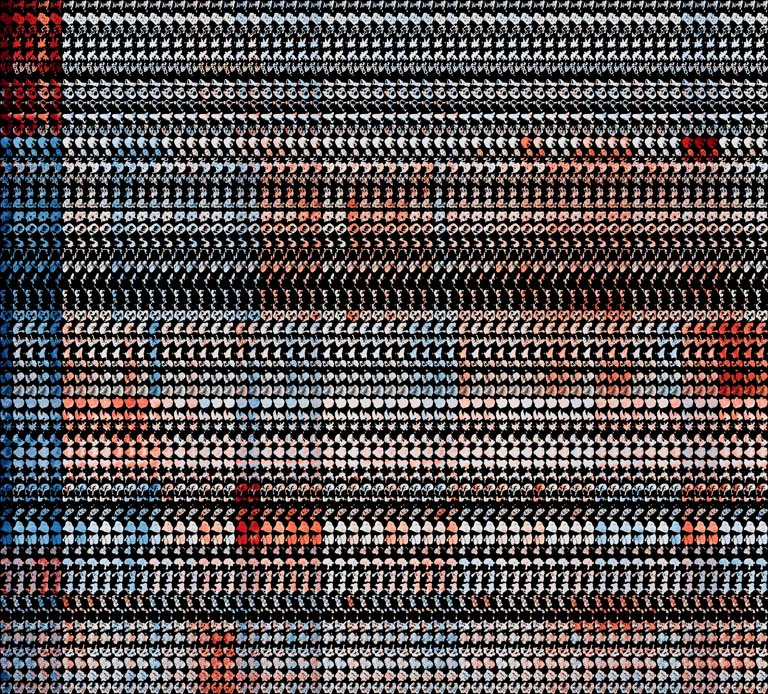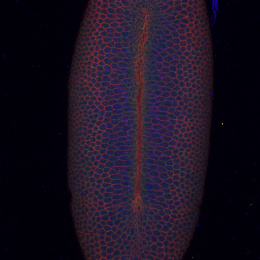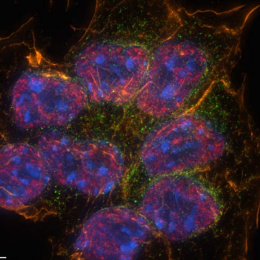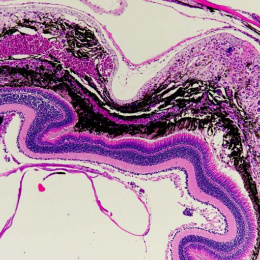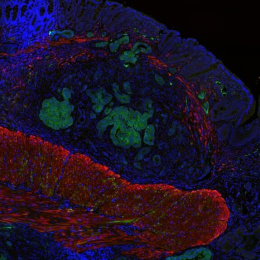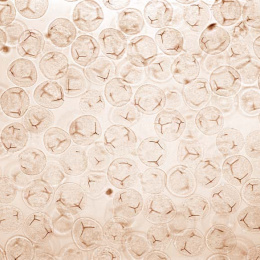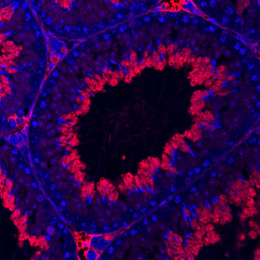Understanding Cancer Biology Through Developmental Information
Understanding Cancer Biology Through Developmental Information
Collections: Cancer Discovery Science
Enrico Moiso
Garg & Sharp Laboratories
Koch Institute at MIT
This is the first systematic representation of the similarities between mammal development (studied at single cell resolution) and human tumors (studied at bulk resolution). This image contains 75 million dots and it is generated from 2x1014 observations from 10000 human samples and more than 1 million cells. Every row represents the cells that form a specific mammal organ during development (like brain, liver and lung) colored by their level of similarity to a specific human tumor derived sample.
This image represents the starting point of my study. It shows patterns of similarities in red and dissimilarities in blue, between mammal organogenesis (the embryologic process during which the major organs like brain, liver, lungs, hearth and limbs are formed) and the biggest atlas of human tumors (the cancer genome atlas, TCGA, which contains more than 30 different tumor types, from almost 10000 people).
The information contained here allowed me to develop a tool, that exploiting AI, helps pathologist to make more precise diagnoses.
